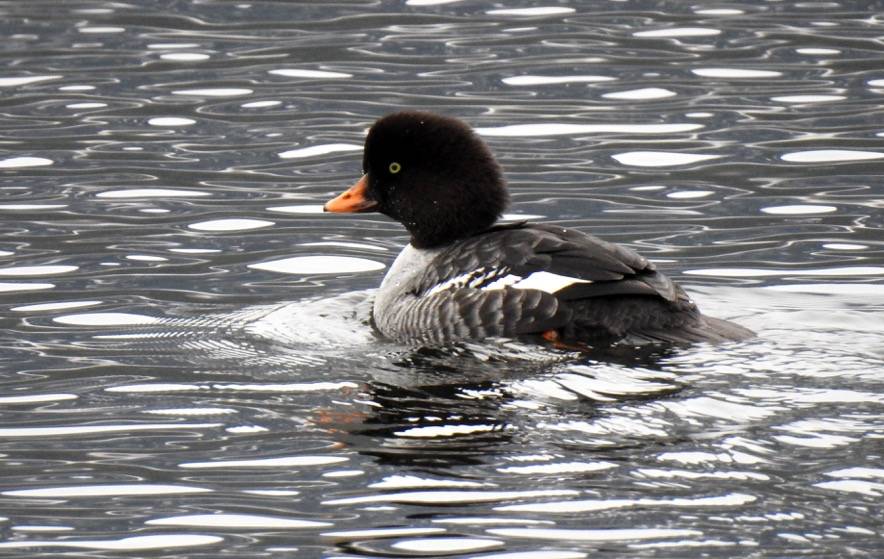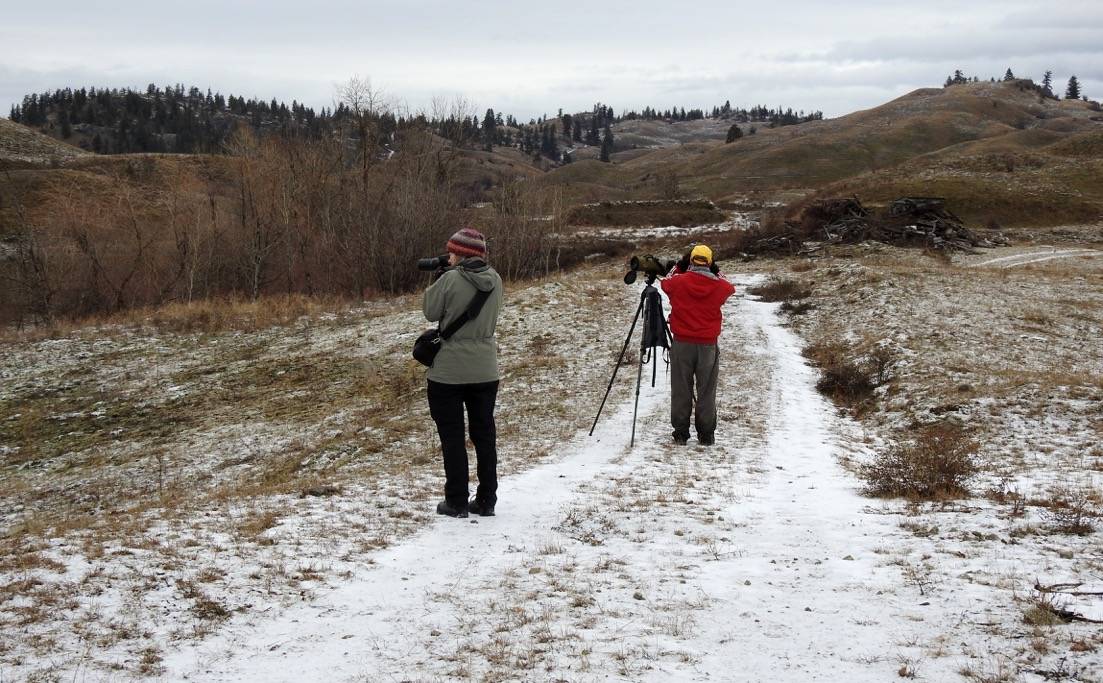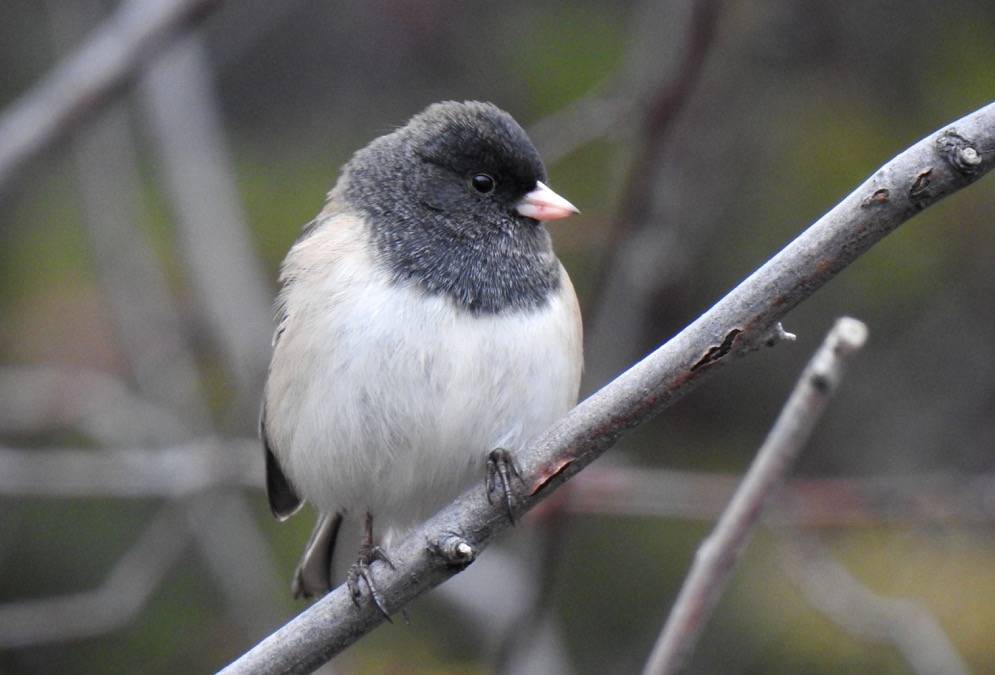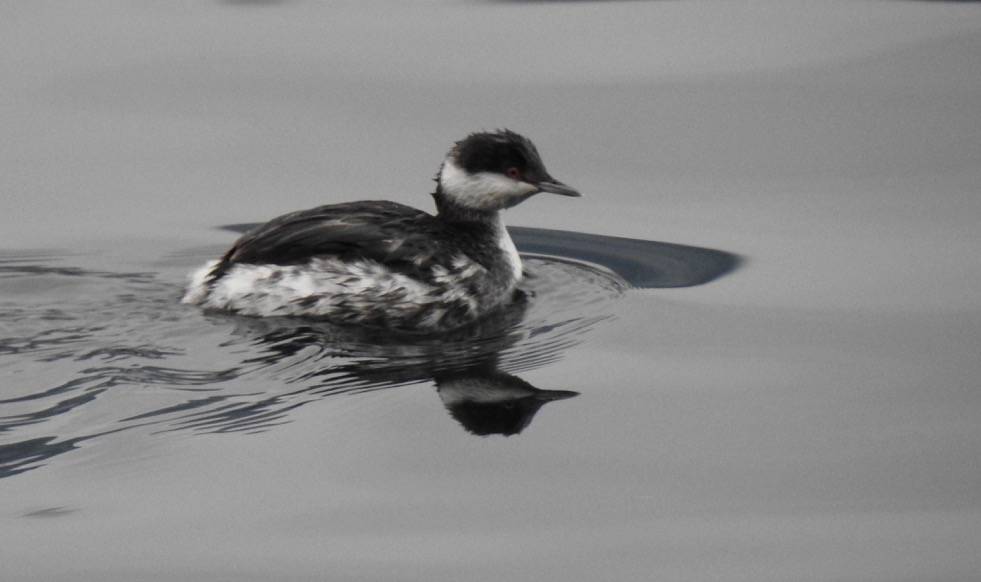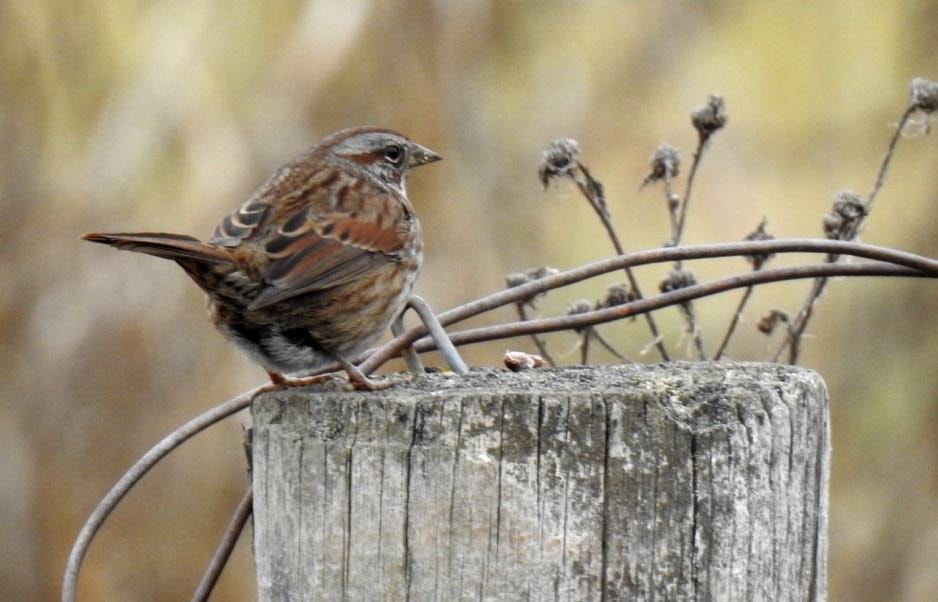About 80 enthusiastic birders turned out to count their feathered friends in the area on the 69th annual Christmas Bird Count Dec. 16.
Birds were widely dispersed due to the mild winter weather so far.
“At first glance, results were similar to last year,” said Rick Bonar, count coordinator with the North Okanagan Naturalists Club. “We counted 92 species and 24,000 birds this year and 93 species and 25,290 birds in 2017. Turnover was high, as each year has 11-13 species not found in the other year.”
See related: Rare bird sightings made during Christmas bird count
Overall, almost 2,000 fewer mallards were the main reason for the difference in numbers. The top three most abundant species were European starling, Canada goose and mallard.
As usual, for Christmas Bird Counts, there were 13 sightings of just one individual of a species. The Say’s Phoebe observed by Marilyn Buhler may have been the last bird of that species left in Canada this year. The closest recent Say’s Phoebe records were from southern Washington state. Buhler tried to outdo herself by also recording a very rare golden-crowned sparrow. Participants didn’t quite settle on which of these should be voted “best bird” but as Buhler got them both she went home with the trophy for this year. Congratulations!
Other highlights:
- A rare swamp sparrow found by Chris Siddle’s party.
- Big numbers of American robins – 763 compared to 54 last year. This is probably due to mild weather and large crops of berries such as Saskatoon and mountain ash.
- Ten northern shrikes, a medium-sized predatory bird that breeds in the Arctic and visits our area in winter.
- One Anna’s hummingbird at Norm Friesen’s feeder in the south BX.
- A second consecutive year with a canyon wren, this time found by Aaron Deans and party at Turtle Head Point in Kalamalka Provincial Park.
- Introduced Eurasian collared-doves continue to increase locally. This year they outnumbered the native mourning doves almost two to one.
See: Bird Count takes flight in the North Okanagan
“As always, we are left to lament the ‘ones that got away,’ the species that usually occur but couldn’t be found this year,” said Bonar. “Where were you Clark’s nutcracker, American dipper, and brown creeper? We suspect you’re here somewhere…”
There were also no common redpolls this year, but lots are up north in the Prince George area and will likely make it here eventually.
After their long day in the field, participants enjoyed a bowl of delicious hot soup and snacks at the Bishop Bird Sanctuary while they reported their findings. Results will be entered into the official record to become part of the longest-running citizen science program in North America.
@VernonNews
newstips@vernonmorningstar.com
Like us on Facebook and follow us on Twitter.
